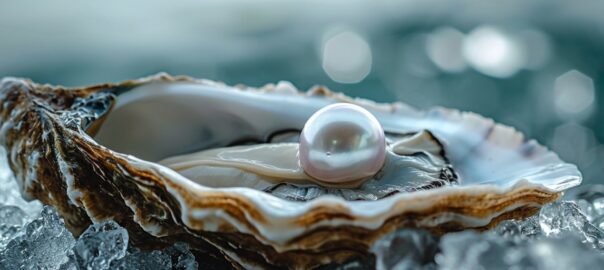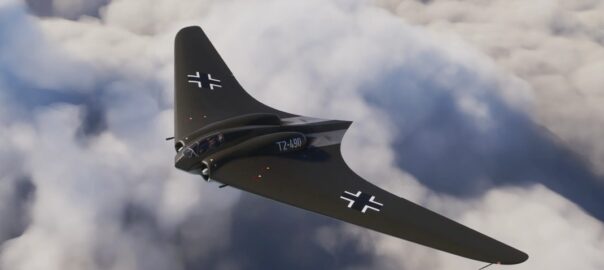For centuries, the word “dinosaur” has conjured images of colossal beasts, stomping across prehistoric landscapes, engaged in epic battles for survival. But the story of dinosaurs is far more nuanced, and it stretches far beyond the land. A significant, and often overlooked, chapter of this story is written in the skies: the reign of the flying dinosaurs.
While technically not dinosaurs themselves, pterosaurs were close relatives who shared a common ancestor with dinosaurs. These magnificent creatures, often erroneously referred to as flying dinosaurs, dominated the aerial realm for over 150 million years, from the late Triassic period to the Cretaceous-Paleogene extinction event. Their story is one of evolutionary marvel, diverse adaptation, and ultimate tragedy.
More Than Just Wings:
Pterosaurs were not simply scaled-up lizards with wings. They were highly specialized for flight, boasting key adaptations that allowed them to conquer the air. Unlike the feathery wings of birds, pterosaur wings were formed by a membrane of skin, muscle, and other tissues stretching from an elongated fourth finger to their hind limbs. This unique wing structure allowed for impressive agility and control in the air.
Furthermore, pterosaurs possessed hollow bones, reducing their weight without compromising strength, a crucial feature for sustained flight. Their powerful chest muscles and keeled sternum provided the power needed to flap their wings effectively. They also had large brains, suggesting advanced cognitive abilities and sensory processing crucial for navigating the complexities of their aerial environment.
A Sky Full of Diversity:
The pterosaur family tree is incredibly diverse, showcasing a remarkable range of sizes, shapes, and lifestyles. Some, like the small, sparrow-sized Nemicolopterus crypticus, were likely insectivores, flitting between trees in search of their next meal. Others, like the colossal Quetzalcoatlus northropi, boasted wingspans exceeding 36 feet, making them the largest flying creatures to ever grace the Earth. These giants likely soared over continents, scavenging carcasses and preying on smaller creatures.
Pterosaur diets varied greatly. Some were piscivores, equipped with long, slender jaws ideally suited for snatching fish from the water. Others were equipped with blunt teeth, suggesting a diet of crustaceans or even small terrestrial animals. The diversity in their physical characteristics and dietary habits highlights the remarkable adaptability of these flying reptiles.
The Legacy of Flight:
Pterosaurs vanished alongside their dinosaur cousins during the Cretaceous-Paleogene extinction event, leaving behind a rich fossil record that continues to fascinate and inform paleontologists. Their existence challenges our traditional view of the dinosaur age, reminding us that dinosaurs and their relatives occupied a diverse range of ecological niches.
The study of pterosaurs provides valuable insight into the evolution of flight, particularly the development of powered flight without feathers. By understanding the mechanics of their unique wing structure and their physiological adaptations, we can learn more about the fundamental principles of aerodynamics and the challenges of conquering the skies.
The Next Chapter:
As new fossil discoveries are made and advanced analytical techniques are employed, our understanding of pterosaurs continues to evolve. Researchers are using sophisticated imaging and modeling techniques to reconstruct their flight dynamics, analyze their brain structure, and unravel the mysteries surrounding their growth and reproduction.
The story of the flying dinosaurs is far from over. As we delve deeper into the fossil record and refine our research methods, we can expect to uncover even more secrets about these magnificent creatures, further illuminating their place in the grand narrative of life on Earth. From the smallest insectivore to the largest soaring predator, the pterosaurs remind us that the age of the dinosaurs was not just a land-based spectacle, but a breathtaking aerial ballet that deserves our attention and admiration.
Another article: Pterodactyl









